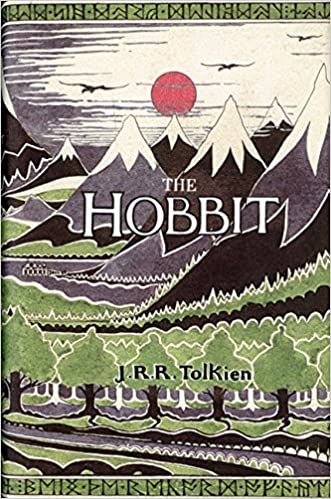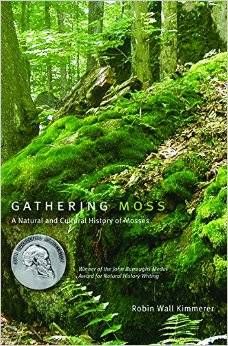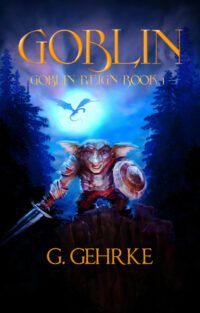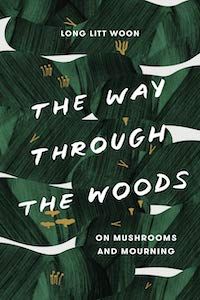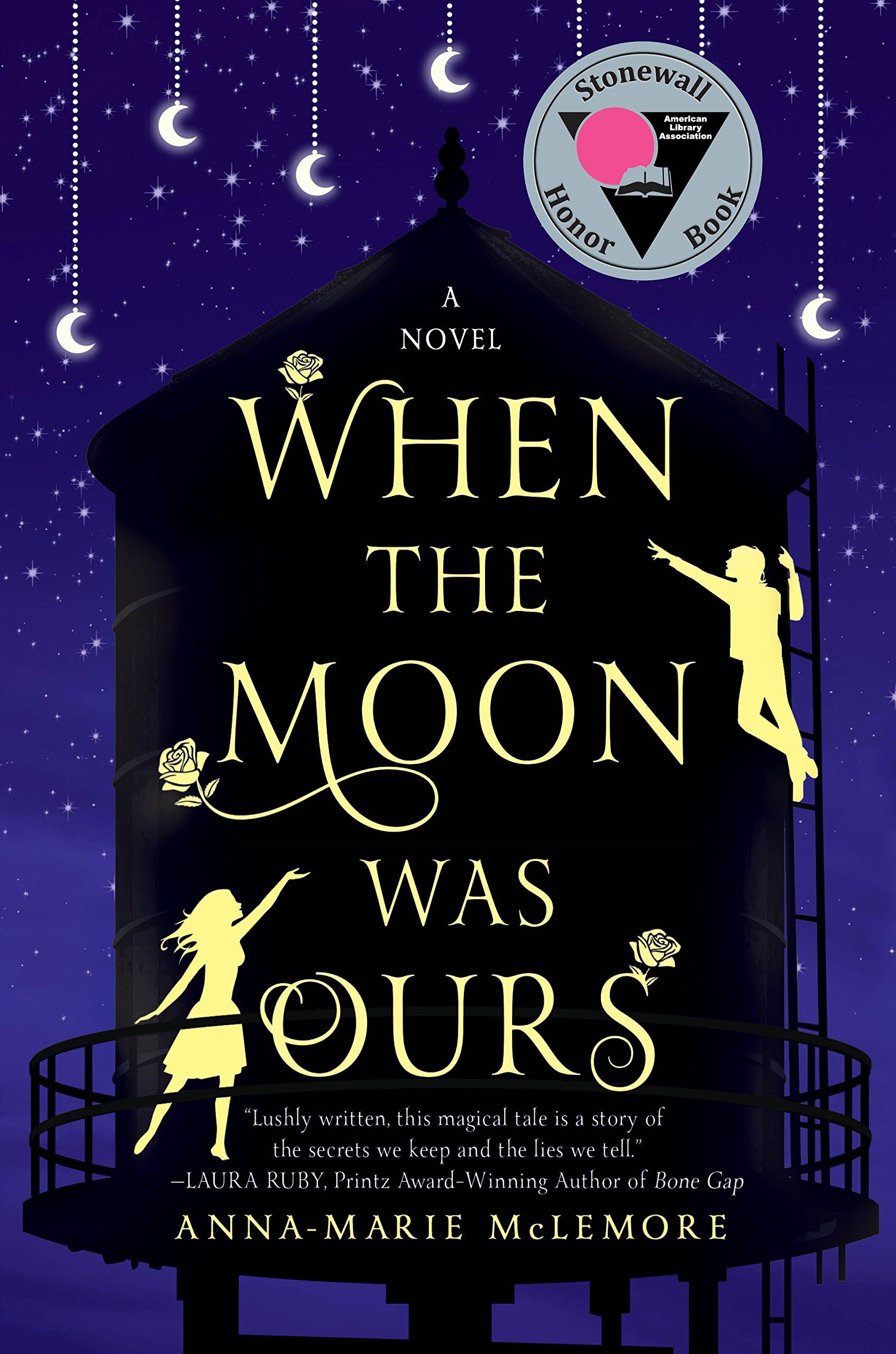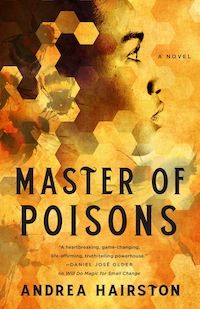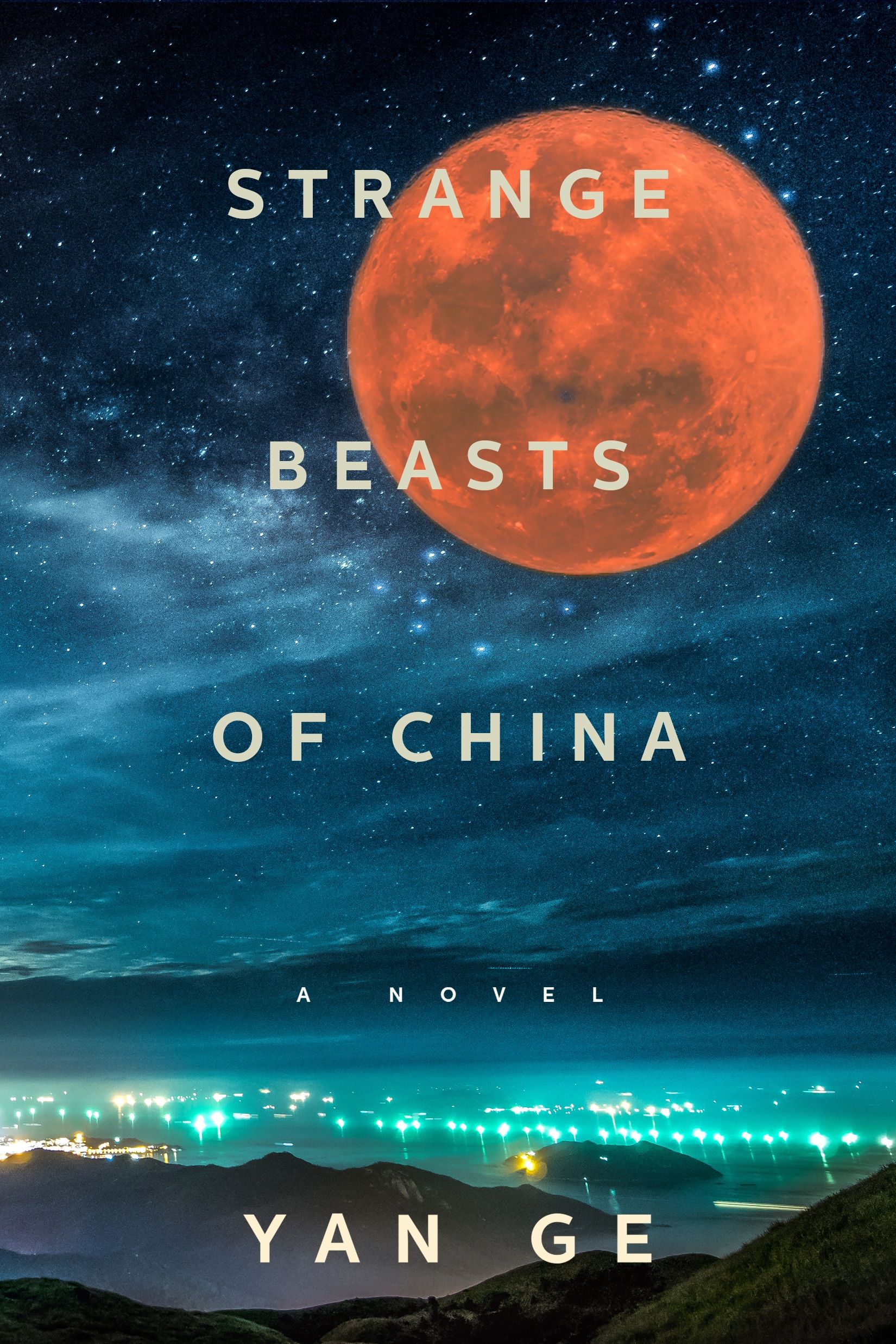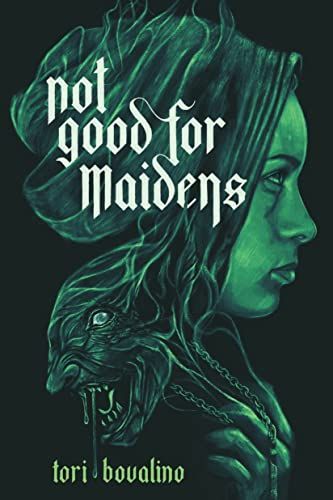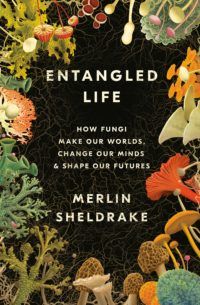Goblincore is very attractive to LGBTQ communities, particularly trans people. Mary Frances Knapp points out: “Of big goblincore importance: mushrooms, with their thousands of sexes. Goblincore defies modern gender norms, which makes it a welcoming habitat for those living beyond the binary.” It’s no exaggeration: there are few things that goblincore loves more than mushrooms. Look at literally any website or article on this trend for verification. Goblincore is also anti-capitalism, which goes hand in hand with its passion for sustainability, foraging, and hoarding shiny objects found in nature. Those who partake in the goblincore lifestyle would rather decorate their home with a pretty rock found during a hike than with an expensive vase bought in a high-end store. To sum it up: goblincore is appreciating the sight of deer grazing, but loving the look and sound of frogs in a pond the most. It’s finding insects more interesting than birds. It’s about rejecting societal standards, the gender binary, and capitalism. It’s gasping with delight at the sight of worms and snails, both of which you will see while foraging for mushrooms (naturally). Get more goblincore suggestions (but tailored just for you!) with our service TBR. It’s like StitchFix, for books! Spicy has modest dreams: all he wants is to work in the goblin’s library as the sage’s apprentice. But when a human warband burns down his village and kidnaps his sister, Spicy has no choice but to venture into the unknown and the dangerous to rescue her. But soon, Miel will find herself in need of a safe space of her own. She’s always been considered odd, in part — okay, entirely — because roses grow from her wrist. But now, four neighboring sisters want access to Miel and her roses. And they’re willing to go to any length to get them. What makes this book suitable for a goblincore reading list? It features not only a harsh land, but also multiple LGBTQ characters.
